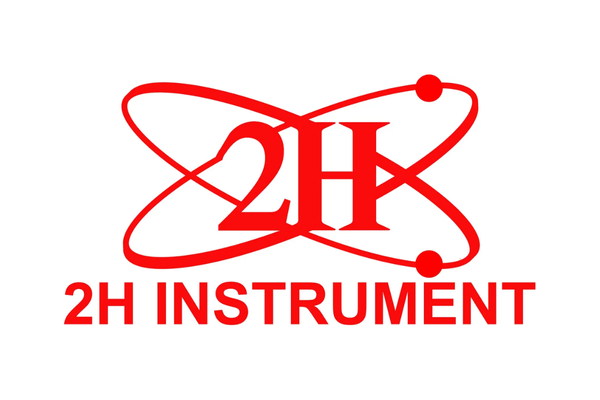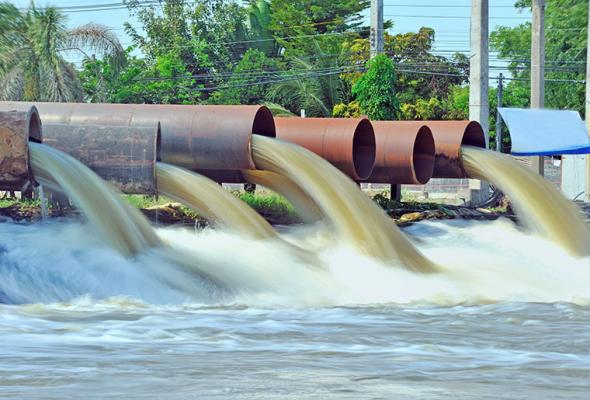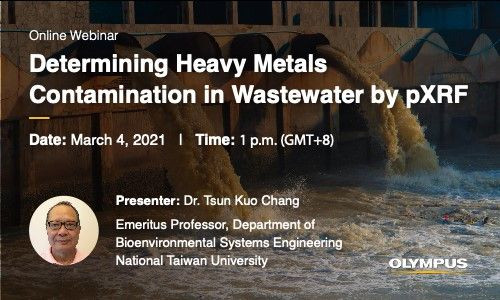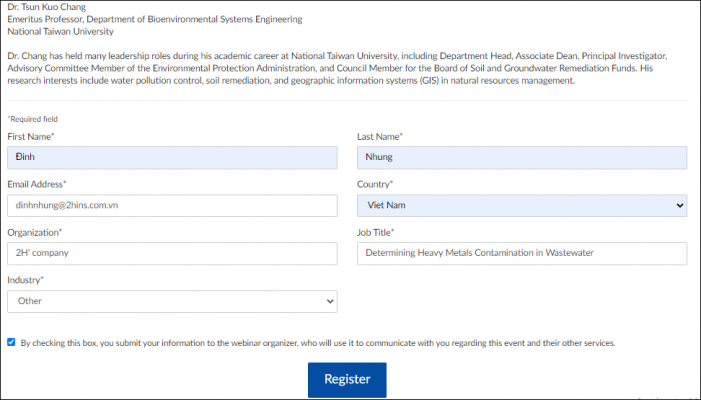Heavy metals testing is an important part of environmental monitoring that can benefit from portable X-ray fluorescence (pXRF) analysis. However, pXRF presents some challenges: it is commonly used to analyze solid materials and the limit of detection (LOD) is only ~1–2 parts per million (ppm)—unlike destructive methods like atomic absorption spectrometry (AAS) or inductively coupled plasma (ICP) that can measure parts per billion (ppb) levels.
To overcome these challenges, a new pXRF method has been developed using a resin capsule. The resin capsule contains ion-exchange resin with a strong exchange capacity that can adsorb heavy metals in wastewater samples. The concentration is amplified hundreds to thousands of times, making it easily detectable by a pXRF analyzer.
In this webinar, we will discuss case studies using this new pXRF method in Taiwan. Learn how it can be used to:
- Determine pollution hotspots in widespread irrigation net systems
- Trace pollution sources in industrial parks
- Establish the elemental fingerprints of different factories in an industrial park to pinpoint the source of a pollutant
Presenter:
Dr. Tsun Kuo Chang
Emeritus Professor, Department of Bioenvironmental Systems Engineering
National Taiwan University
Registration form
-2hinst.com-



